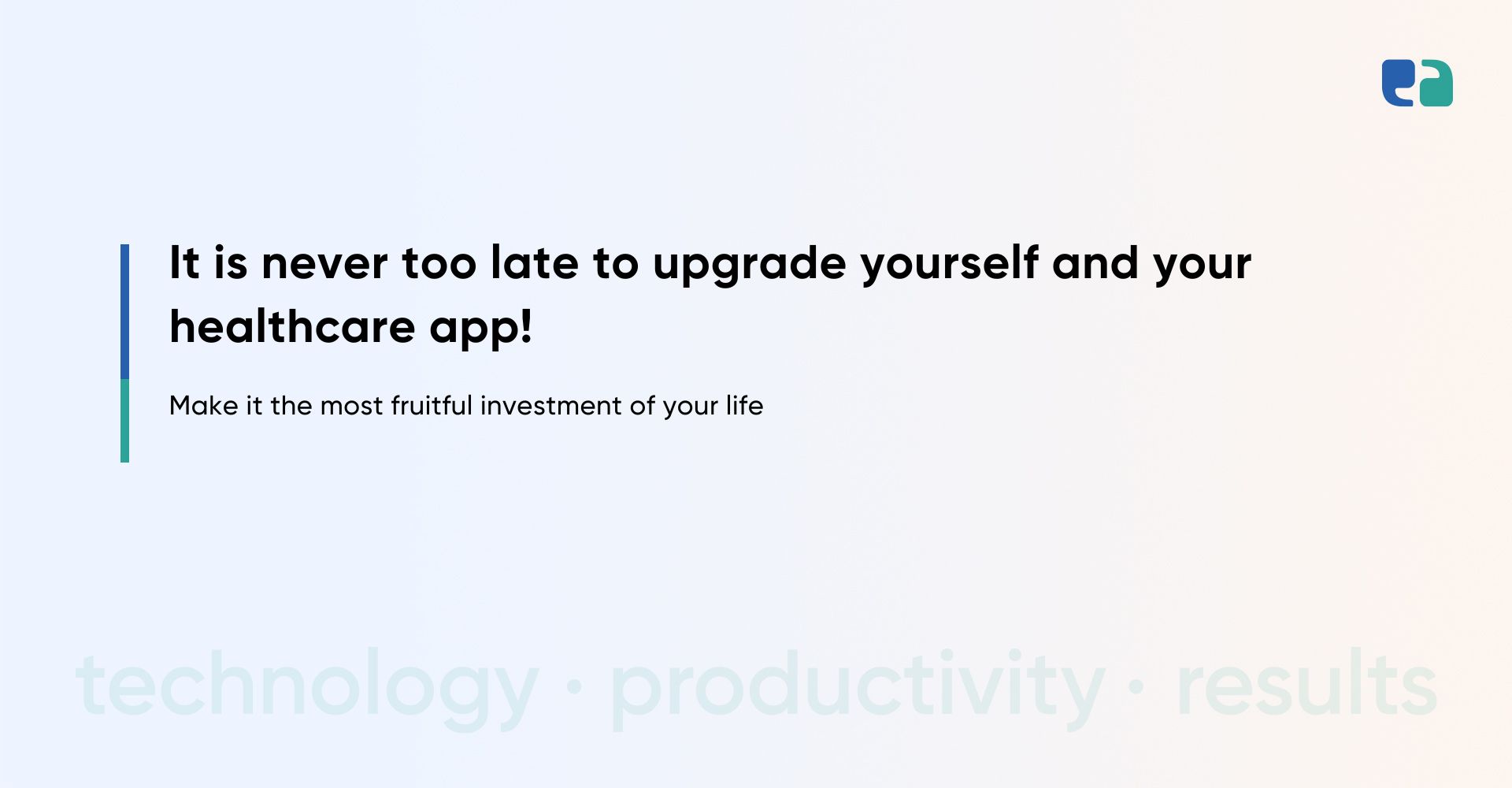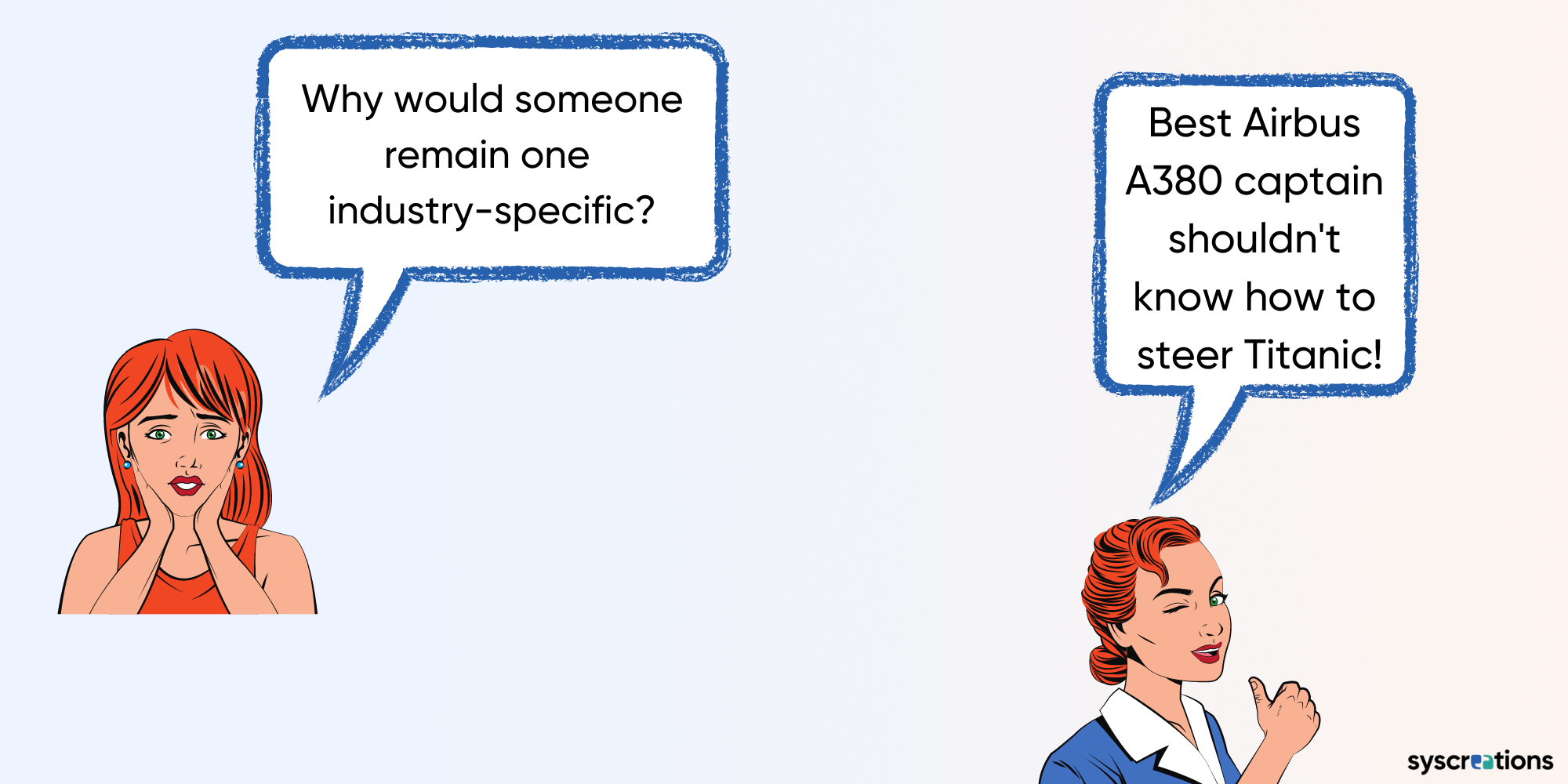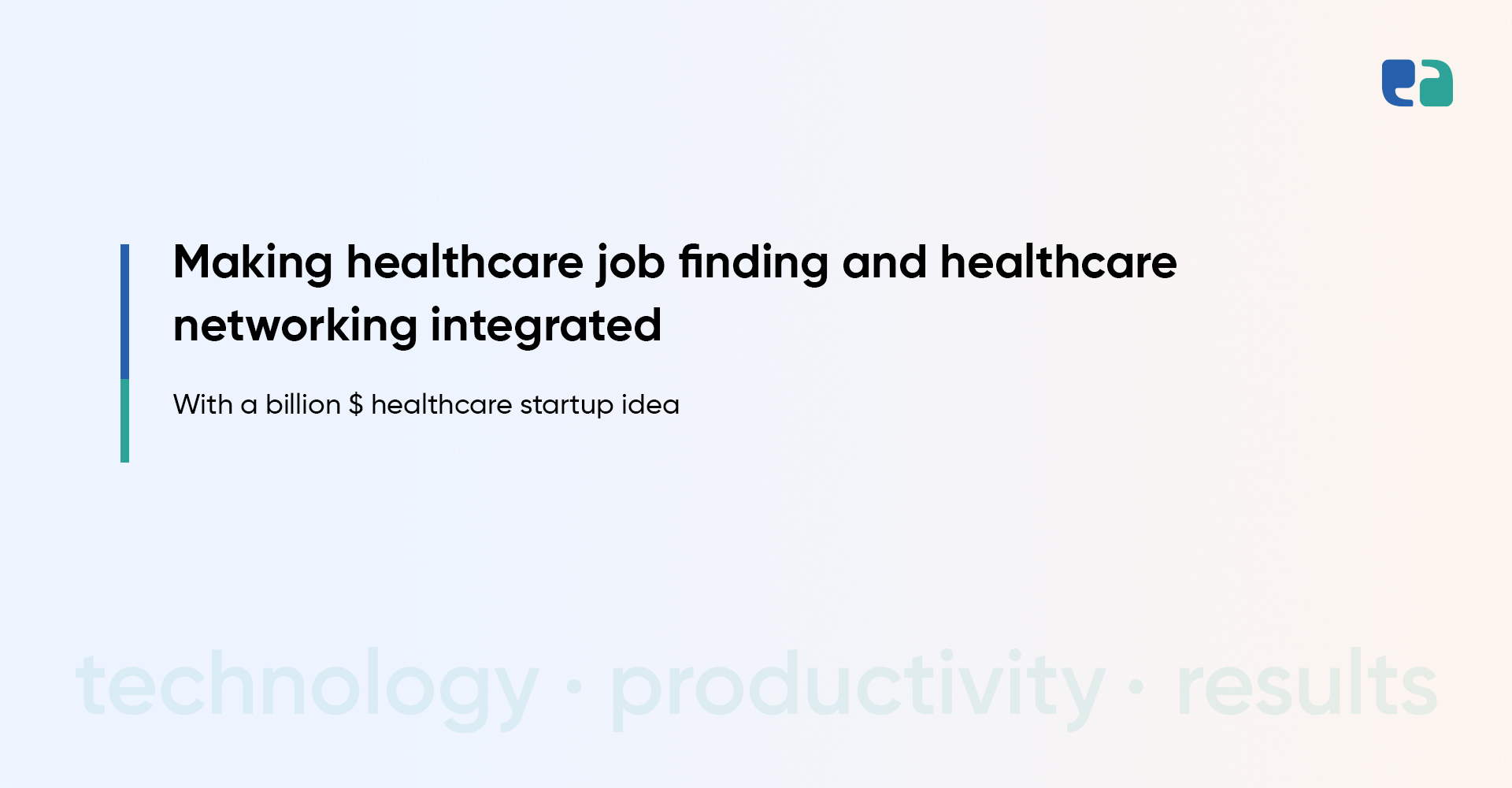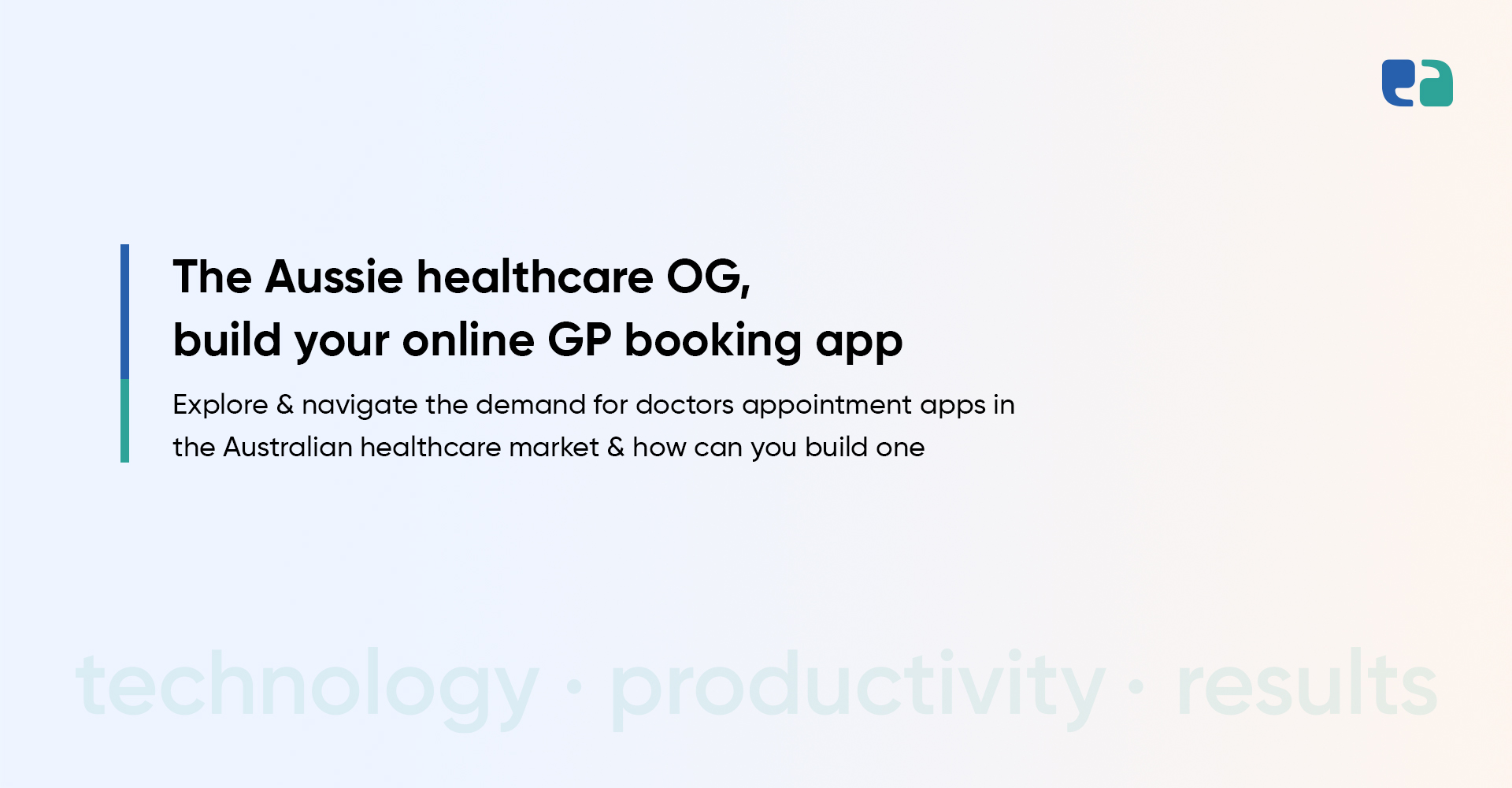An app is like a kid.
You need to keep feeding it to let it grow and reach a higher level.
Be it adding new features, upgrading existing features, restructuring the app architecture, migrating the database to a different cloud provider, or revamping the tech stack, healthcare app upgradation practice is vital for getting rid of technical debt and driving growth at a constant pace.
If you give the cold shoulder to it, your app will fail to outperform other growing apps and eventually be lost in the overly-explored healthcare market.
So, if you are planning to upgrade your healthcare app soon, let us present you with a comprehensive guide with a focus on solving all your doubts.
However, before that, let us share how we being a healthcare IT company can help you upgrade your both iOS and Android healthcare apps.
Four Solid Reasons We Qualify to Upgrade the Healthcare App
We are the Robinhood of healthcare because of the following four reasons.
When Would Our CTO Suggest You to Upgrade Healthcare App?: Four Common Scenarios
Healthcare app upgrade or modernization is a process that might prove overwhelming for you.
But at the same time, it would cost you more if you don’t decide to undergo that process.
Thus, it is important to make rational decisions based on facts and not on temporary market shifts or your emotional and financial state.
The following are the top common scenarios when healthcare apps need to be upgraded.
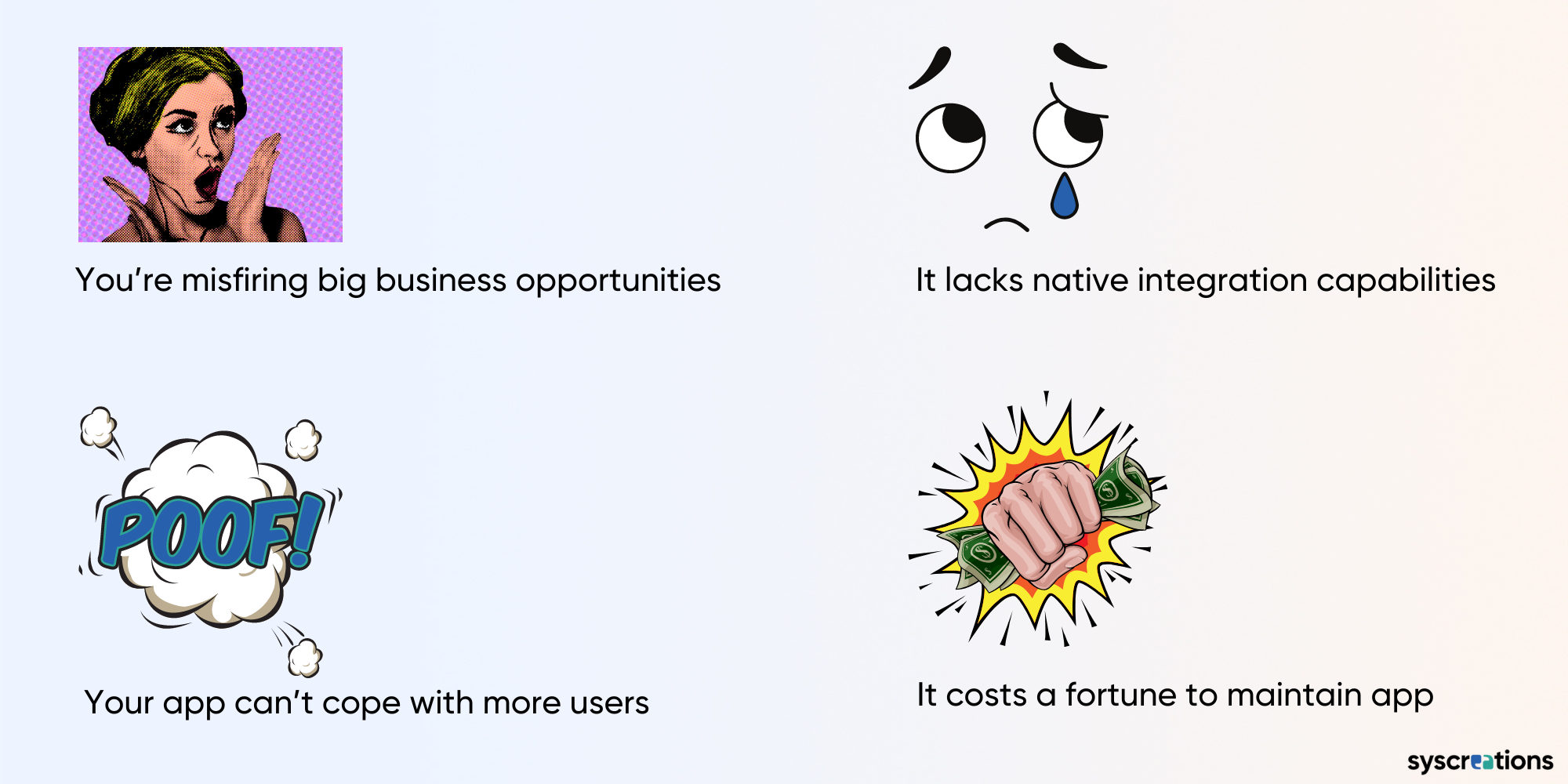
How to Upgrade Healthcare App?: The Four-Step Process We Follow
They always say, “Trust the process.” But we always say, “Trust the process and people!”
Anyway, this is our process to upgrade your healthcare app.
1: Assessing Your Existing System
We don’t build castles in the air.
Whatever we do, we do it with a plan and extensive knowledge of what we are doing.
We start upgrading your healthcare app only after aggressively evaluating your current app.
We keep several factors in mind while evaluating your app.
These factors include cost, complexity, risk, technology debt, performance, product-market-fit, and security/compliance.
Evaluation of your healthcare app with a multi-dimensional approach gives us a better idea of where your app is currently standing and what it is lacking.
Based on our evaluation, we prepared a detailed report.
This report is supposed to be shared with team members and team leaders we later assign to work on your project.
Meanwhile, we also working on preparing a document called Software Requirements Specification (SRS) which contains all of your requirements in a very comprehensive manner.
2. Estimating Timeline and Planning Execution Cycle
We now have two most important resources – Evaluation Report and SRS.
Based on these reports, our experienced project managers prepare the timeline in different stages.
In all cases, everything goes as per the plan as they are well-versed in executing projects successfully as per the timeline.
One of the major reasons behind that is the most detailed execution cycle which assists the team to drive the project forward while keeping the risk minimum with risk mitigation strategies.
(For delivering projects at high velocity, we follow DevOps as a cultural philosophy, practices, and tools.)
3. Forming a Team to Work on Your Project
We now have a clear idea of what to do and how to do and the best part is, everything is well-documented.
This clarity facilitates us to easily identify the right team member who is equipped with the perfect skill set required to deliver your project successfully.
We hand-pick every team member who is supposed to work on your project.
If there are multiple teams i.e., design, development, and QA, there will be a team leader for each team who will manage his/her team and report to the project manager on behalf of team members.
This way, we ensure that everyone remains accountable for whatever they are working on and there will be very clear communication among team members and team leaders.
With the same team structure, we have delivered more than 50 healthcare projects successfully for North American medical organizations.
4. Designing, Developing, Testing, and Deploying the Code
The team is now at work.
They work in perfect rhythm with the timeline.
Everything they design and code goes through automated and manual testing.
Since there is a zero-tolerance policy at the place, not a small bug goes unsolved.
Only after clearance from the lead QA engineer, the code is released into production.
Five Upcoming Trends Compelling Providers to Upgrade Their Healthcare App
How Much Does It Cost to Upgrade Healthcare App?
Well, it is never possible to estimate the cost without knowing the exact needs.
Because the cost ultimately depends on the number of hours it would require to implement the needs and hourly development charge.
Yes, we can give you any random number but we don’t want to mislead you with any random number.
So, let us give you a simple equation that you can use to calculate the project cost.
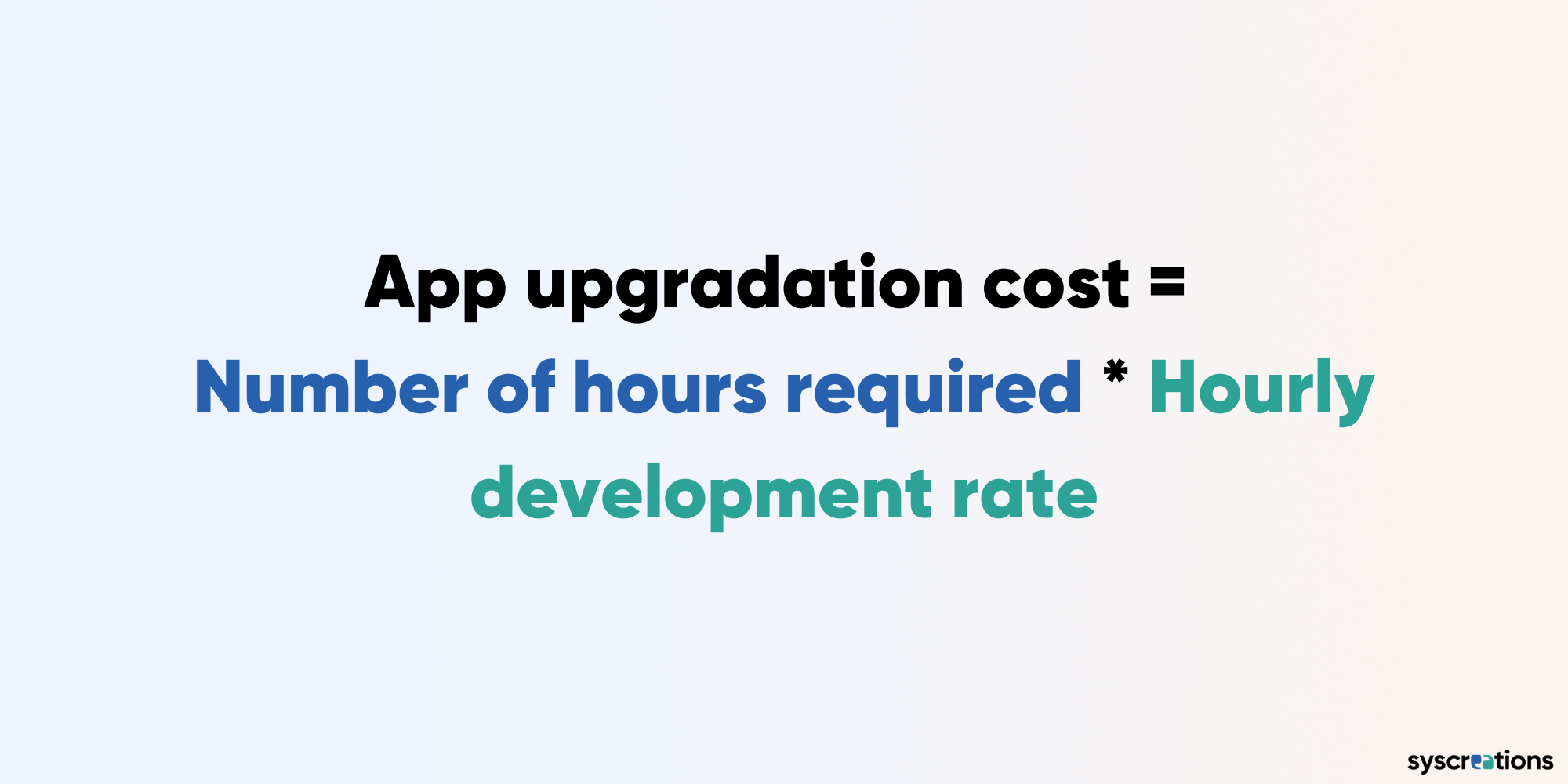
However, please don’t depend completely on this equation as the nature of your requirements, region, existing architecture of your app, and existing tech stack of your app also influence the overall project cost.
So, the smartest option for you is to let us know your requirements. We will prepare the most precise quotation and share it with you for your review.
